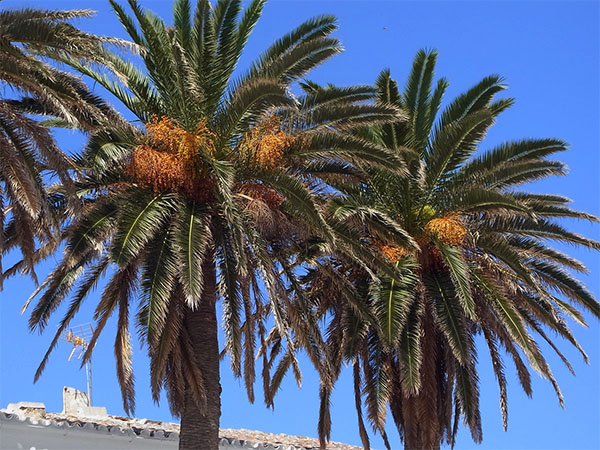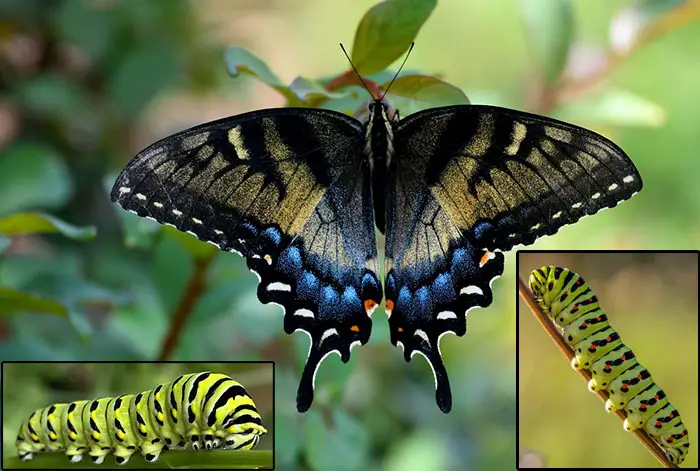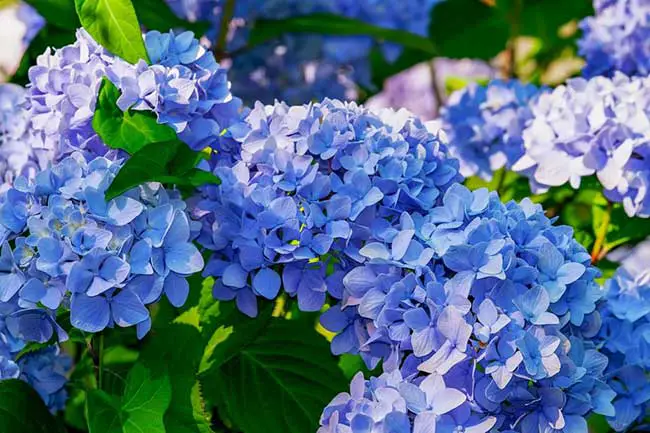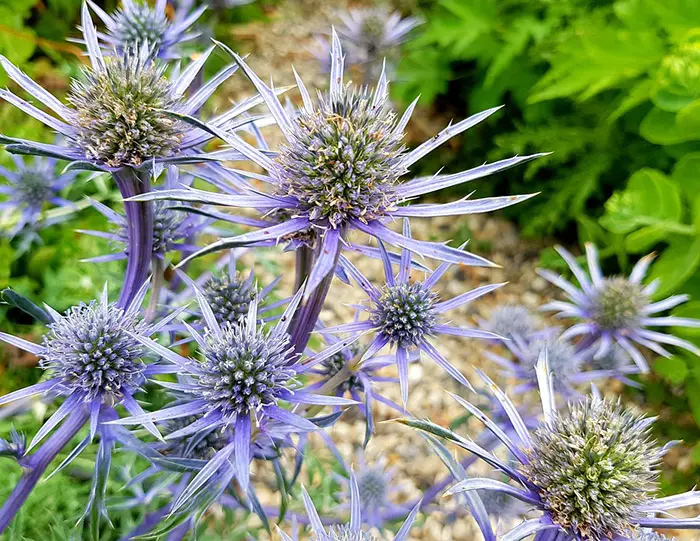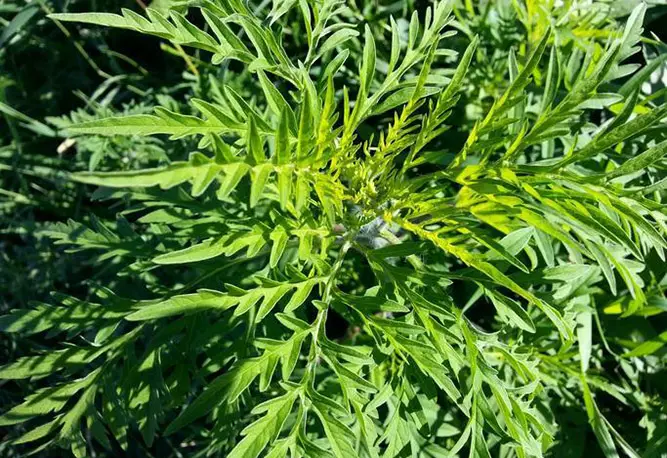Introduction
Cottonwoods, which has the Latin name Populus deltoides, is a large shade tree that grows naturally throughout the United States. The Cottonwood tree can recognize easily from a distance by its wide white trunk. Because of its fast growth and shady trees, Cottonwood is favored by the United States people. The leaves of Cottonwood have flattened stems. So that they sparkle and rippled in the wind for an effect that attracts everyone’s attention. Cottonwood leaves can change color with the seasons. The leaves are having a slightly jagged edge. Leaves feed some caterpillars and various Lepidoptera. In summer, the cottonwood foliage is a sparkling bright green and turns brilliant yellow like gold in autumn.
The American folks love the Cottonwood tree because it is tall and shady. Besides, cottonwood trees are among the fastest-growing trees in America, almost in every region you can find cottonwood trees. Young cottonwood trees can grow at least 6 feet (2m) each year, while mature cottonwood trees can reach 100 feet (30m) in height, even eastern cottonwoods can be up to 190 feet (59m) in height. Mature Cottonwood is so leafy that it is often used as a natural canopy, can be up to 75 feet (23m) wide, and an average diameter of about 6 feet (2m).
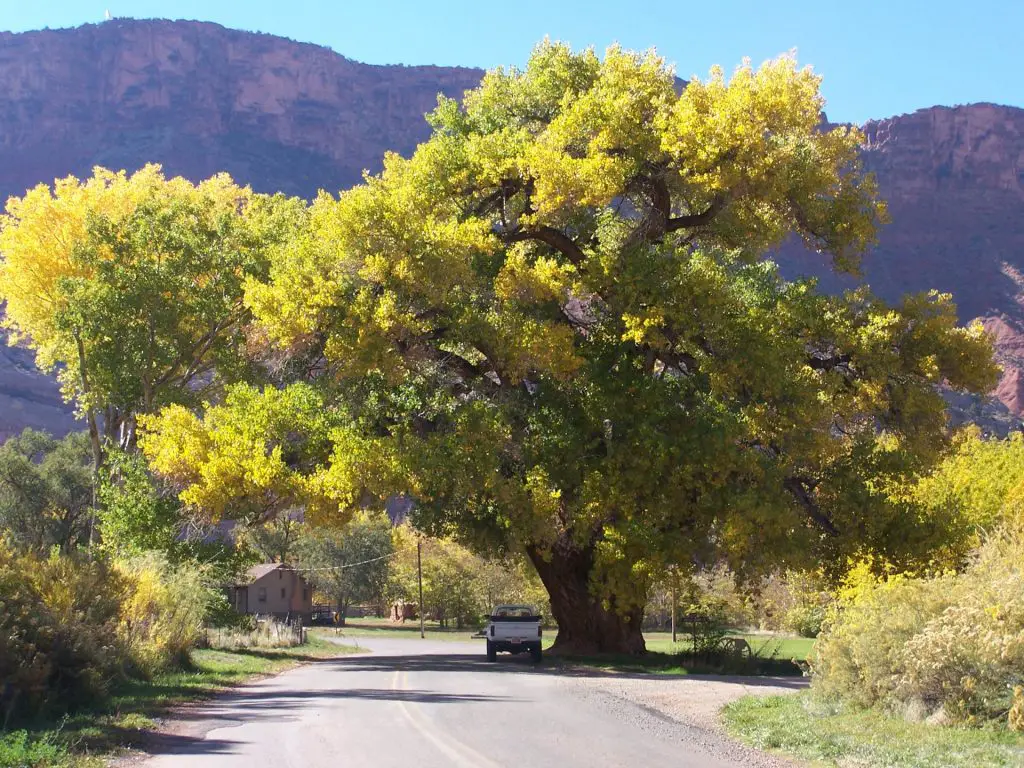
Significance of the Cottonwood tree
Included in the Poplar family, the cottonwood tree is important for Native Americans who take advantage of all the tree parts. Cottonwood tree trunks were used as canoes. Cottonwood tree bark provides horse feed and bitter tea, which acts as a herbal medicine for the horse. Humans and animals use sweet sprouts and the inner bark as a food source. Early in European settlers’ arrival, the cottonwood trees served as trail markers and meeting places for Native Americans and early European settlers.
Cottonwood has many functions. For lakeside gardens or swampy areas, Cottonwood provides excellent shade. Its fast-growing is perfect for use as a windbreak tree. Cottonwood trees are also a valuable asset in wildlife areas where hollow trunks serve as shelter while twigs and bark provide food. Cottonwood wood tends to warp and shrink. The pulp made of Cottonwood produces a high-quality book and magazine paper. Aside from being a material for making cotton paper, it is often used as raw material for making matches, pallets, crates, and boxes. In the wild, Cottonwood is one of the fastest trees to occupy unplanted areas, making it an excellent choice for areas prone to flooding and soil erosion.
The National Forest Service utilizes cottonwood trees to stabilize rivers. It can act as a natural waterway filtration system to reduce sedimentation on the River beds. The authoritative entity also emphasizes the importance of the cottonwoods for the surrounding ecosystem. The mature cottonwoods can provide such great shade in the marshy areas. These are natural assets to the wildlife areas that all concerned parties need to pay attention to. As mentioned, their rapid growth is one of their strengths. Nature participants must be able to make use of the perks of Cottonwood to preserve nature.
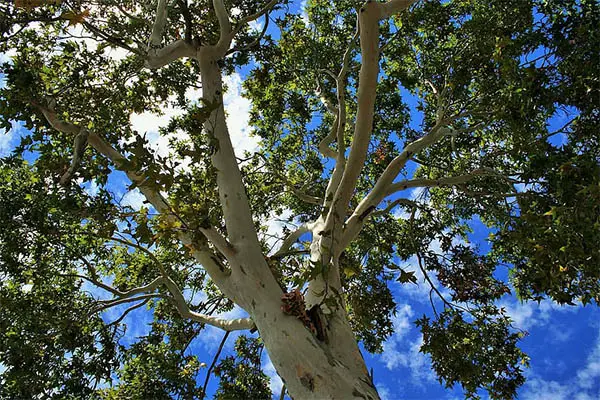
Unfavorable facts of the tree
Cottonwood trees are beautiful and majestic trees, but not everything about the cottonwood tree is gorgeous or pleasant. For example, cotton flying in the breeze, which helps carry the cotton seeds, will be annoying if it sticks to window screens, blocks the AC unit, or floats in a swimming pool. To avoid this, the male variety ‘Siouxland’ cotton tree grows 2 feet to 3 feet per year, and you will get a cotton-free cotton tree. Also, they can present dangers if planted in the garden. Because cottonwood tree stems are brittle, the cottonwood tree branches break easily and lots of twigs to collect before pruning. During the cottonwood tree’s growing process, the large branches of the cottonwood tree often fail in the storm, which can cause property damage.
Because the cottonwood tree easily thrives in plains that are often flooded, the cottonwood tree naturally has a shallow root system. So that when the floodwaters recede, the roots can breathe, and the tree remains alive. These shallow roots will wreak havoc with sidewalks and driveways. The roots of the cottonwood tree also seek moisture by invading sewer pipes and septic systems.
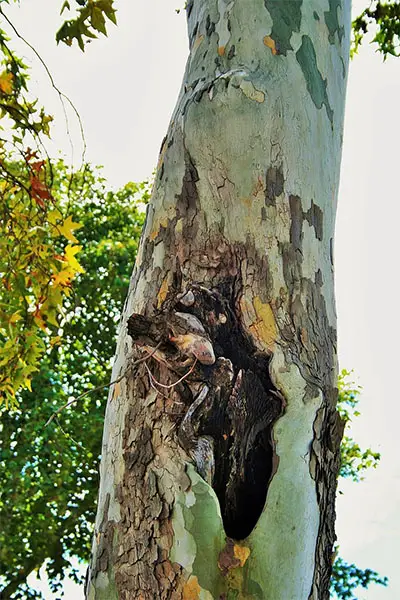
Reproduction of the tree
Cottonwood trees consist of female cottonwood trees and male cottonwood trees. When spring comes, small red flowers will bloom on the female cotton tree. After the pollination of this red color flowers, which will produce seeds with a cotton sheath. The cotton-covered seeds can create a waste problem by polluting the surrounding environment. Unlike the female cottonwood tree, which produces seeds that can be used as cottonwood seeds, the male cottonwood tree does not produce cotton sheath and seeds.
Maintenance of the Cottonwood tree
To avoid the dangers that lurk, cottonwood trees that are planted in the garden should be pruned. At the end of winter is the best time to prune the cottonwood tree when the tree is not active. When the tree is young, well pruning will help the optimal growth of the tree. Due to its fast growth, the branches, if not trimmed, will become difficult to reach. Always use clean pruners when pruning cottonwood trees. Cottonwood trees are susceptible to disease. Bacteria, mould, and insect eggs carried from dirty equipment can quickly enter the wound. To solve this, wipe the pruning wound with a cloth dampened in alcohol or a disinfectant cleaner, or dip it in boiling water.
In order to the healthy growth of the Cottonwood tree, you need a location with lots of sunlight and high humidity levels. Cottonwood trees in the wild grow well along lakes and rivers and in marshy areas. For growing media, cottonwood trees prefer sandy or muddy soil, but any growing medium is fine except for heavy clay.
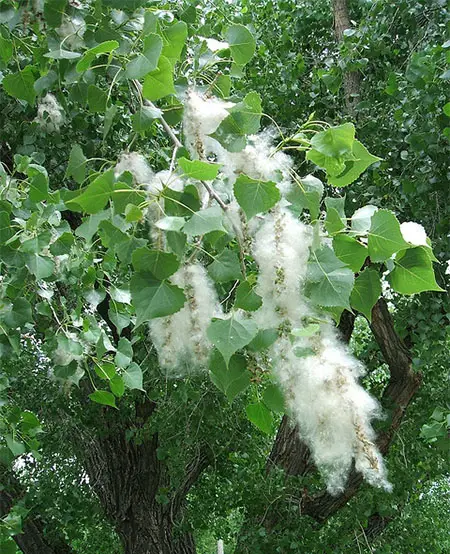
Conclusion
To conclude, the Cottonwood tree can be a fantastic tree for adding an aesthetic view to your garden if planted in the right places. It becomes a spectacular sight when it can grow indefinitely and welcomes wild animals such as turkeys or perched eagles. An excellent place to grow Cottonwood is away from buildings, such as on ranch, farms, or parks.


